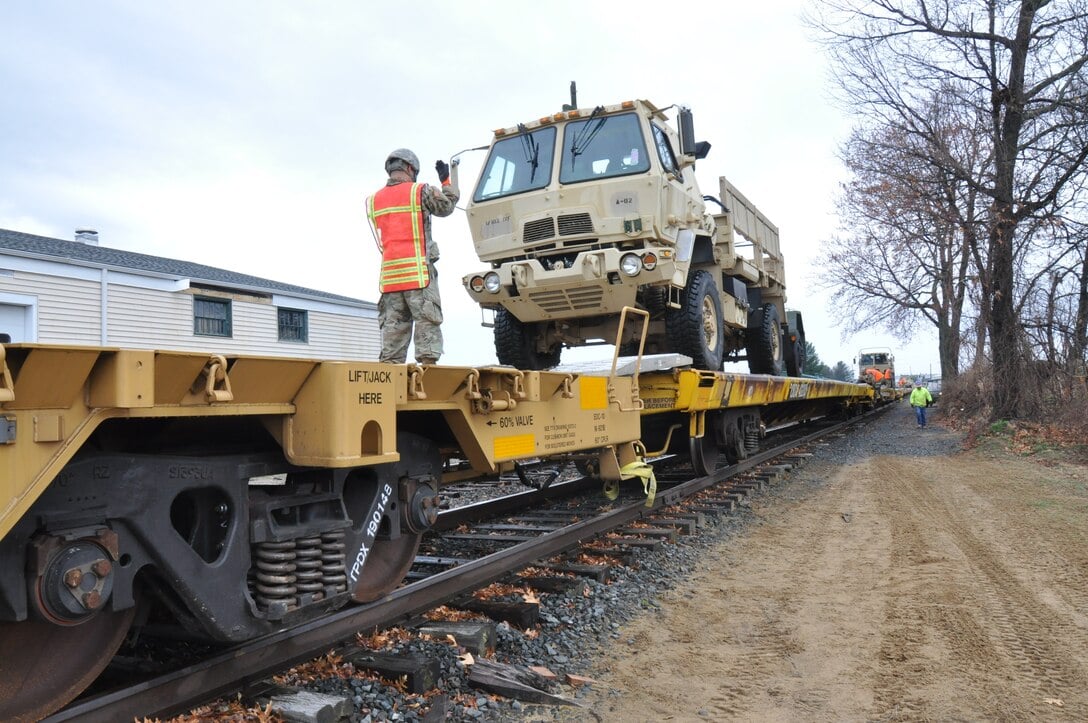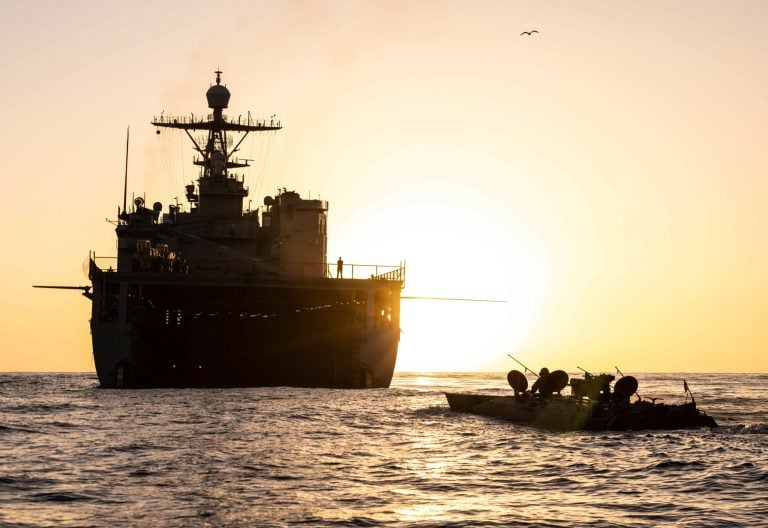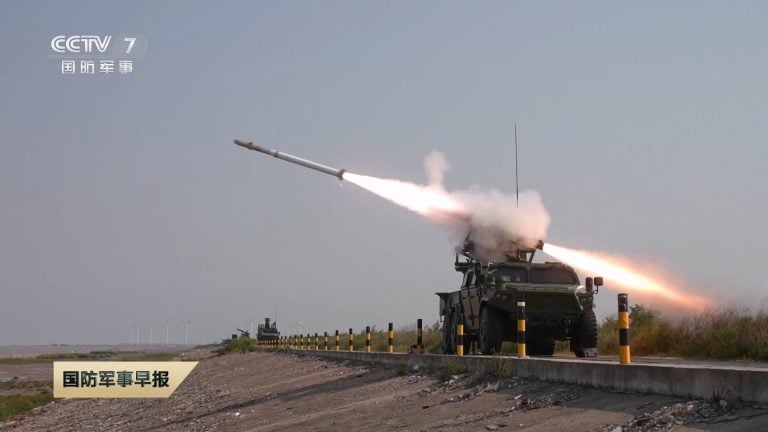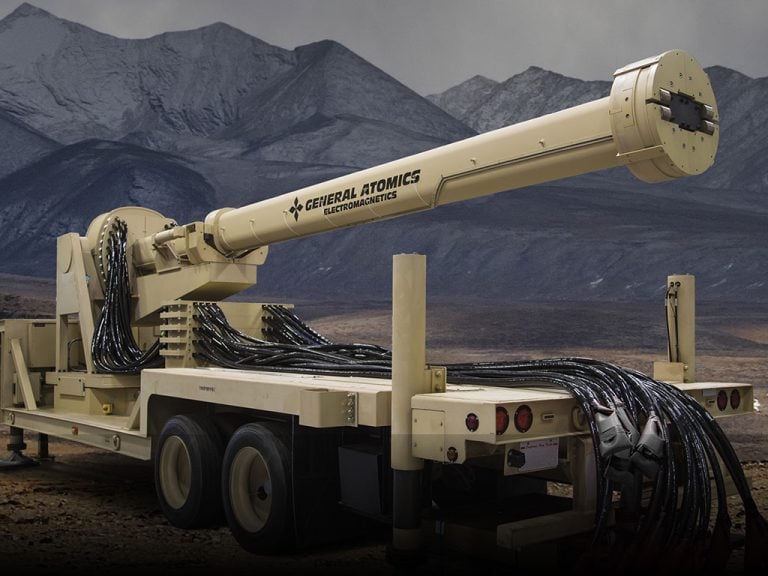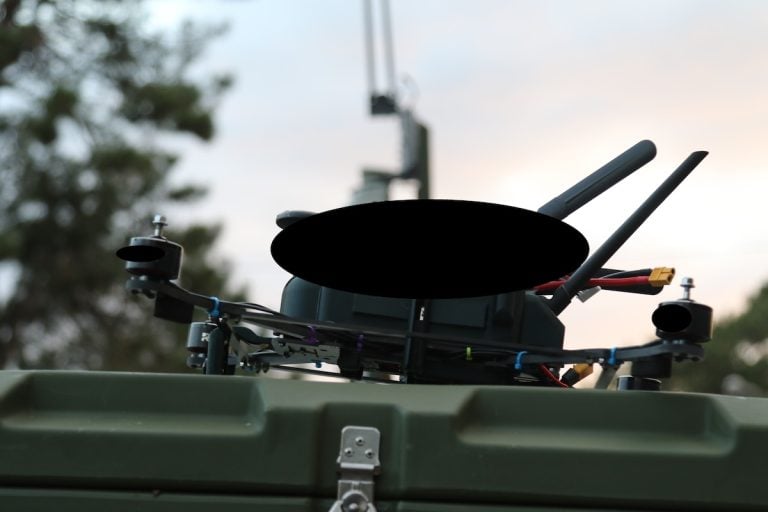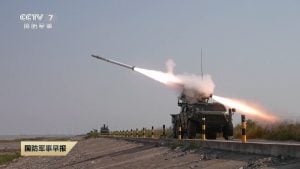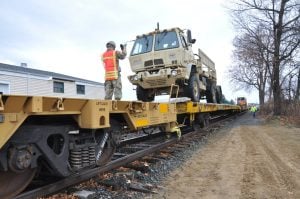American military strength overseas is intrinsically linked to its capabilities at home, particularly through its rail infrastructure. Every military operation—be it air, naval, or ground—depends on a robust supply chain that hinges on railroads. However, the nation’s rail network has been in decline for over a century, undermined by neglect and an increasing reliance on imports.
Despite advances in technology, such as the development of hypersonic missiles, the transportation of essential goods like steel and energy remains hampered by inefficiencies. This creates vulnerabilities that adversaries like China and Russia are keen to exploit.
As foreign rail companies strengthen their presence in North America, the U.S. faces a pivotal moment. Leaders in Canadian rail, including the CEO of Canadian Pacific-Kansas City, have actively participated in trade and security summits involving the U.S. and Mexico, signaling a shift in commercial dynamics. Within this context, conversations surrounding the creation of a cohesive national rail system in the U.S. grow increasingly urgent.
The past few decades have seen a significant transition of freight traffic from rail to trucks, leading to chronic congestion on highways. While trucks may be suitable for consumer deliveries, they pose a risk to national security—particularly when timely supply delivery to military personnel is critical. Conversely, rail transport is capable of moving large volumes of goods efficiently across extensive distances, making it an ideal solution for military logistics.
Currently, the U.S. rail system is fragmented among six Class I railroads that operate largely in isolation. This segmentation complicates transcontinental shipments, leading to delays as freight changes hands. Such inefficiencies become especially concerning in times of conflict, where bureaucratic holdups could impede military readiness and endanger lives. Should vital supplies—including tanks, ammunition, or fuel—be delayed due to existing logistical hurdles, missions could be jeopardized.
The proposed merger between Union Pacific (UP) and Norfolk Southern (NS) offers a historic opportunity to address these challenges. By creating an uninterrupted coast-to-coast service, this merger could connect military bases, defense manufacturers, and ports like never before. Enhanced efficiency would not only benefit commercial interests but would also bolster military readiness—giving the U.S. a more agile response capacity.
Opposition from certain railroads is based on concerns over losing market share; however, from a national security standpoint, the UP-NS merger could be essential in restoring U.S. dominance within this critical sector. The upcoming review by regulators at the Surface Transportation Board will focus on ensuring that the merger serves the public good—yet it must also be recognized as a national security asset that can enhance supply chains, encourage energy independence, create American jobs, and support readiness for military operations.
Without a strong, interconnected rail system, America’s ability to maintain its military leadership on the global stage remains in jeopardy. To effectively project strength abroad, it is imperative that the country first fortifies its domestic infrastructure. This moment calls for a significant investment in rail systems that reinforce American values and capabilities, underscoring that U.S. power is built on homegrown resources and resilience.
